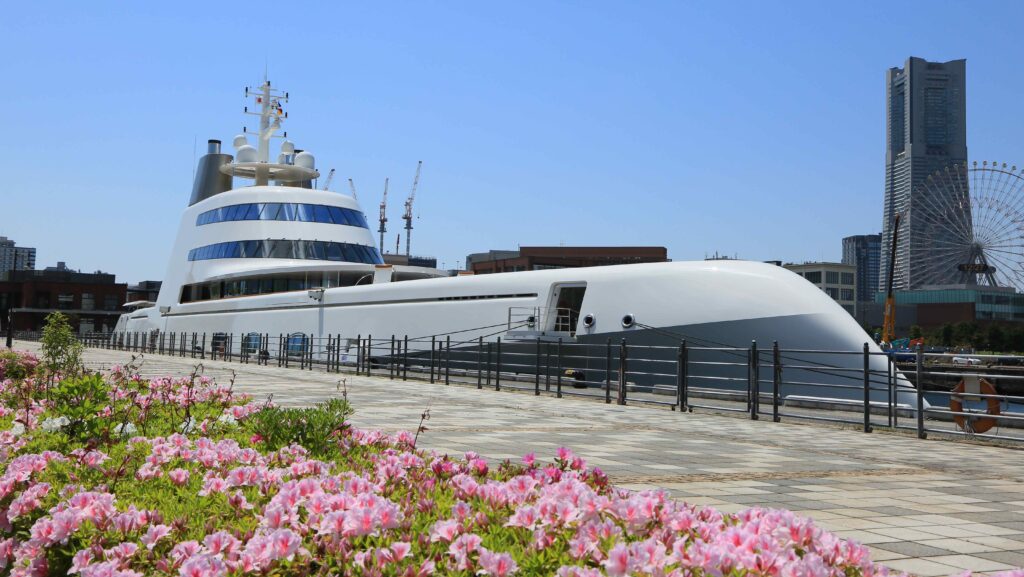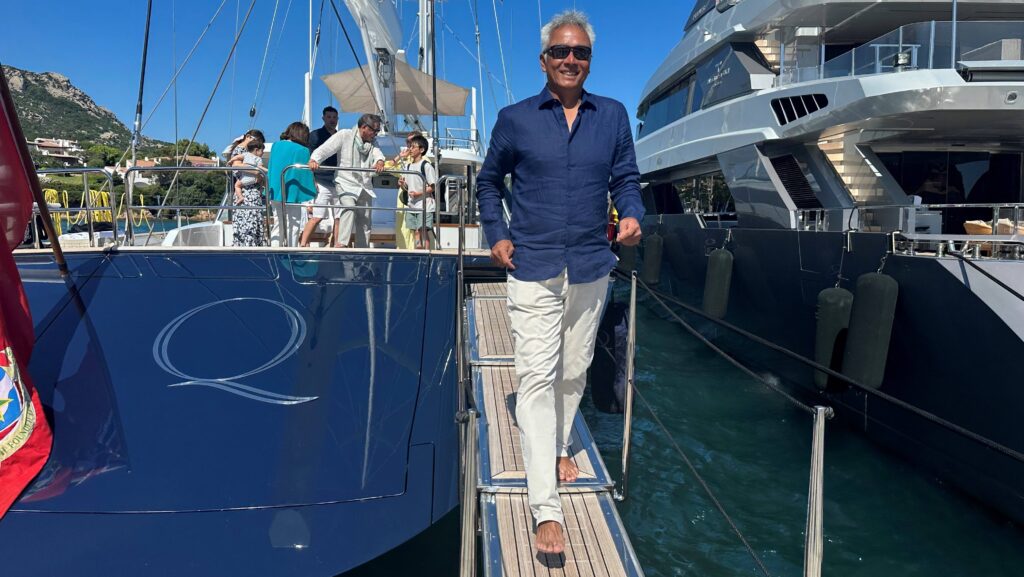Japan’s changing regulations appeal to superyachts

Japan, with its vast coastline and abundant maritime resources, is becoming a prime destination for superyachts. It has often been referred to as an ocean state. Being surrounded by water, Japan’s coastlines stretch more than 35,000kms.
The availability of infrastructure (ports, airports, train stations and shipyards) is extensive as is its heritage. The manifestations of Japanese culture can be found everywhere, from shrines and temples to castles and traditional fishing ports.
Kenta Inaba (pictured below) from GMBA Japan, believes being able to cruise there all year round is an attractive aspect for superyacht owners, and says while “The profile of the industry in Japan is changing . . . small boat ownership has declined . . . we are seeing growth in the number of motor vessels owned in the 20-30m range.”

Aside from that, Inaba says the Japanese government has significant steps taken to make visiting superyachts feel welcome.
“The government has eased regulations on immigration, customs and quarantine for foreign-flagged vessels and provided services and dockage for superyachts of any size. They are also planning to upgrade ports to accommodate additional superyacht berths, reflecting their commitment to supporting the industry. Whilst currently we can accommodate visiting superyachts, like every developing industry, we need to keep up with the appropriate infrastructure for the bigger yachts.”
Rules for superyachts visiting Japan
The Japanese government rules have been overhauled for foreign registered superyachts. This has brought significant changes for the superyacht industry in Japan removing some of the red tape and bureaucracy, putting Japan on a level playing field with many other superyacht destinations, says Inaba.
Three key changes saw the introduction of ‘a Naikosen’ a type of cruising permit; ‘no time limit’ for a superyacht stay and cruise in Japan; and ‘an eligible crew pass” for as long as the yacht is in Japan. The latter expires when the crew member leaves Japan.
These three major changes have opened the doors for growth in the Japanese superyacht sector.
Superyacht owners are increasingly being drawn to Japan, as evidenced by the extended stay of one yacht that planned for three weeks but cruised sixty-six ports and stayed for over seven months, says Inaba.
The government has also granted permission to all the main cruise lines to establish a cruising presence. That said, Inaba says studies have shown that one superyacht with twelve guests will spend more in a local community than a large cruise ship with its all-inclusive on-board packages. Plus, cruise ship provisions in main centres and from corporate wholesalers while superyachts will provision in local communities around the coastline.
Charter market for superyachts in Japan
Once governments fully understand this, and the real economic value of the superyacht industry plus the many positive flow on effects to local communities along their cruising coastline, they understand the importance of reviewing their charter regulations, says Inaba.
The charter market is an obvious opportunity to drive growth in the superyacht sector in Japan and this must certainly be on the government’s horizon, Inaba continues.
There are many examples the Japanese government can look at that highlight the benefits of a thriving charter sector once regulations are changed. In New Zealand, Australia, Fiji, and Tahiti for example, after considerable lobbying from industry, the governments opened up the opportunity for foreign flagged vessels to charter and this has led to significantly increased private investment in infrastructure to service these vessels, the yachts have financially supported many small businesses in local communities (provisions and maintenance), they have contributed substantial revenue to the economy and the sector has created significant job opportunities.
“Captains and owners want a significant comfort level when cruising in new territories. It is important that visiting superyachts are confident they will receive support to be managed through the regulatory process, are able to be provisioned with their specific requirements and are provided with tailored itineraries that align with the owners’ preferences.”
In late April 2024, a data scandal rocked the Japanese marine engine market when IHI Corp admitted that a subsidiary has falsified fuel efficiency data for 4,215 marine engines, spanning 58 models.
MIN also recently reported on how South Africa’s superyacht credentials are changing.
This article was edited on 14 May 2024 to correct spelling of Inaba.










